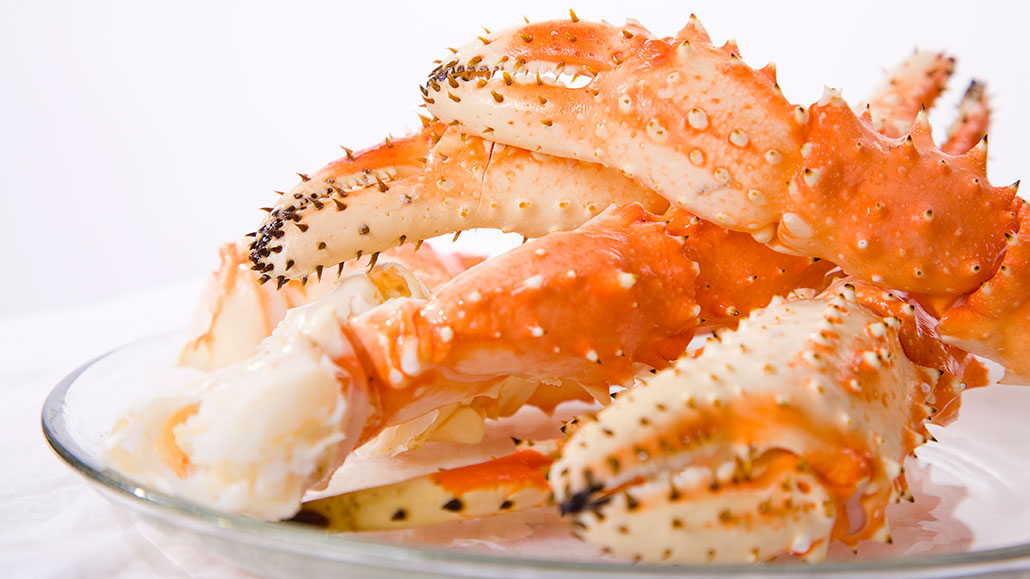Questions for “Bandages made from crab shells speed healing”

Seafood shells, such as from crab claws (here), contain a valuable material called chitin. Researchers have turned chitin into a new type of medical dressing that can boost wound healing.
RichLegg/E+/Getty Images Plus